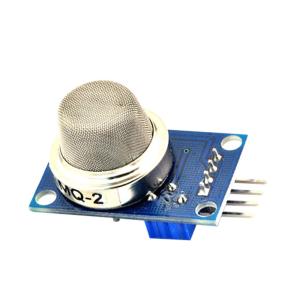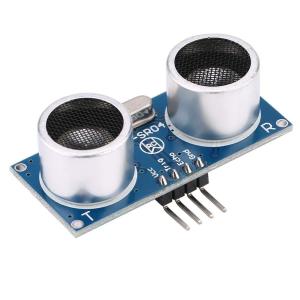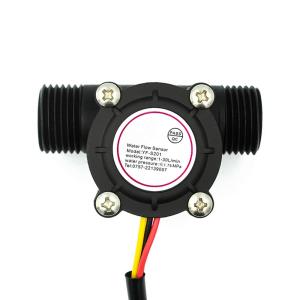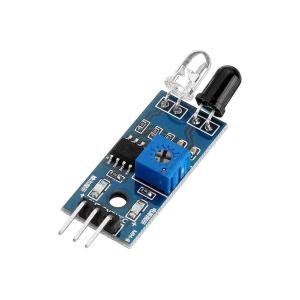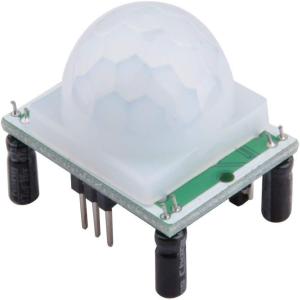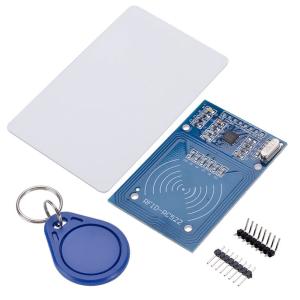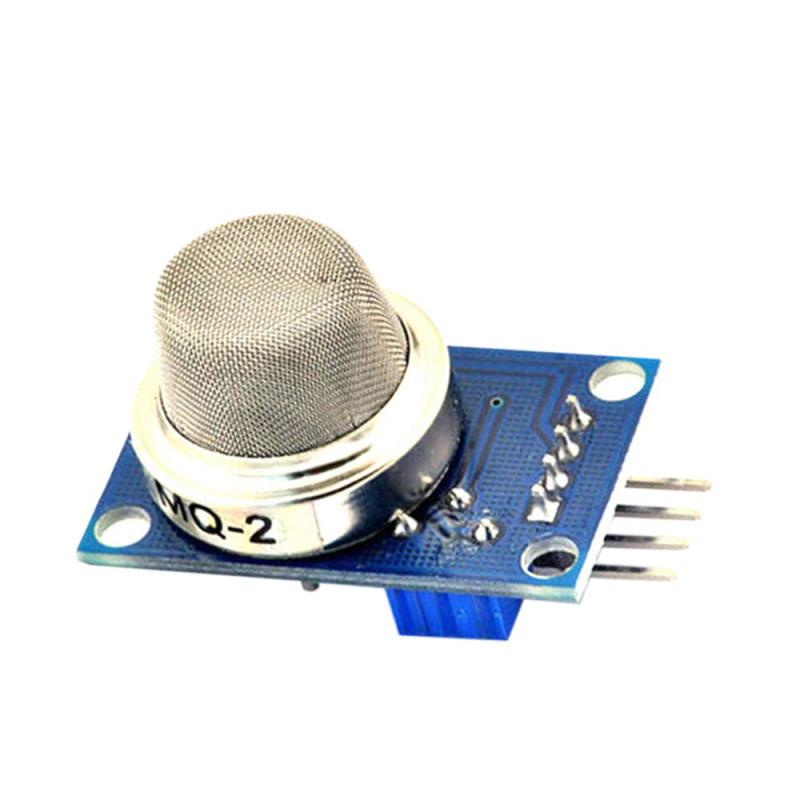

MQ-2 Gas and Smoke Sensor Module
The MQ-2 Gas Sensor Module is a robust and highly sensitive device designed to detect the presence of combustible gases and smoke in the air.
Key Features:
Wide Detection Range: Senses LPG, propane, methane, hydrogen, alcohol, smoke, and other combustible gases.
High Sensitivity: Features a high-sensitivity core that provides reliable and fast detection.
Dual Output: Offers both analog and digital output signals for flexible integration with microcontrollers like Arduino, ESP32, and Raspberry Pi.
Adjustable Sensitivity: An onboard potentiometer allows you to easily adjust the digital output trigger threshold.
Long Lifespan and Stability: Engineered for stable and long-term performance in various environments.
Technical Specifications:
Operating Voltage: 5V DC
Detection Range: 300 to 10,000 ppm (parts per million)
Characteristic Gases: Propane, Butane, LPG
Outputs: Analog (A0) and Digital (D0)
Dimensions: 32mm x 20mm x 22mm
Preheat Time: Over 20 seconds
Common Applications:
Gas Leakage Detection: Ideal for creating domestic gas leak alarms and industrial combustible gas detectors.
Safety and Security Systems: Integrate into fire alarms and other safety monitoring devices.
Robotics: Equip robots with the ability to "smell" and detect gas leaks in their environment.
Air Quality Monitoring: Use as part of a larger system to monitor indoor and outdoor air quality.
Educational Projects: An excellent component for students and hobbyists to learn about gas sensing and environmental monitoring.
Extra Description
Package Includes:
1 x MQ-2 Gas Sensor Module
Why Choose This MQ-2 Gas Sensor? At Hitech Electronics & Hardware, we prioritize the safety and success of your projects. Our MQ-2 Gas Sensor is a top-quality, reliable component that provides the accuracy you need for safety-critical applications. Trust in our components to deliver the performance your projects demand.
Pro Tip: For optimal performance, allow the sensor to preheat for at least 20-30 seconds before taking readings. This ensures the sensing element reaches its ideal operating temperature, leading to more stable and accurate measurements.





